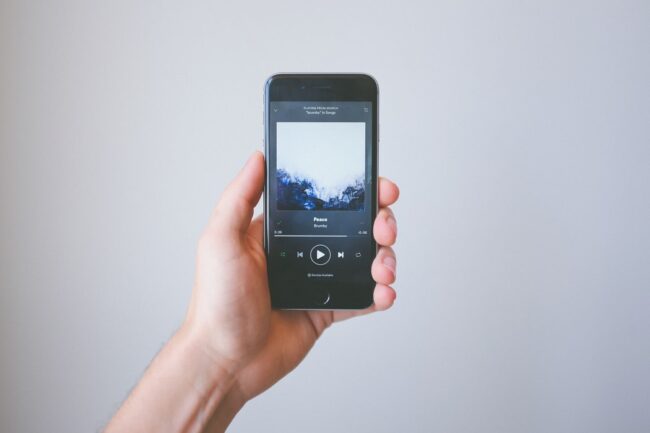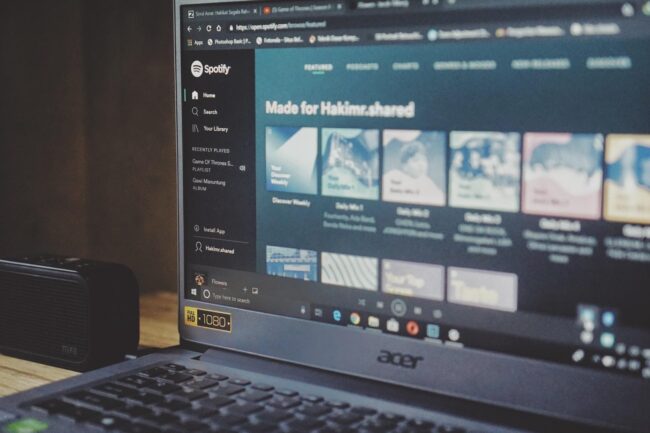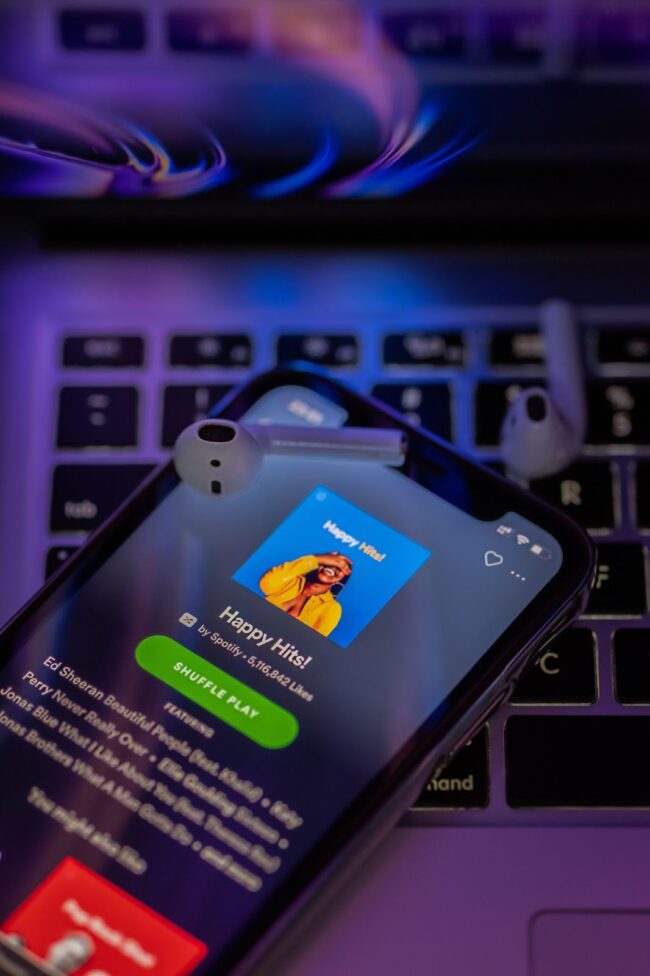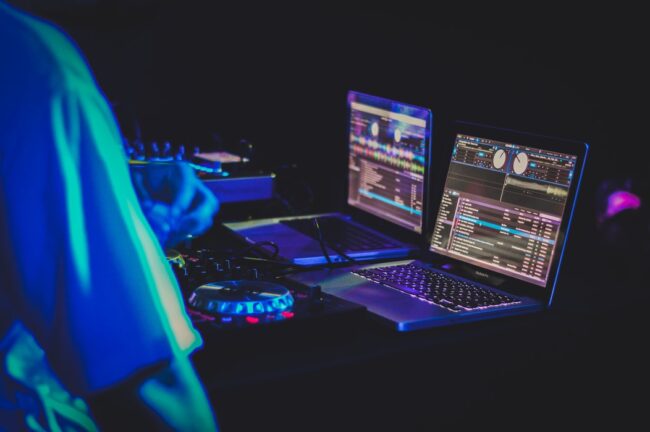There was a period in history when the only known definition of “playlist” referred to a DJ at a radio. It basically meant the arrangement of tracks they were turning or intended to turn on a given program. As innovations came and listeners music utilization went computerized, the ability to create playlists was given over.
This was a cool but underrated feature of iTunes and other media players that permitted fans and would-be DJs with an extraordinary music assortment to play it at a party or on their iPod.
At that point, streaming platforms came!

Spotify, Deezer, Apple Music, YouTube, ready to furnish their users with first-rate, unbelievably curated playlists of new music delivered each week. Suddenly it appears to be that some curators (official and independent) have the ability to combine different bands like radio did several years before that. And with the help of the SoundCampaign, you can easily find the best curators. Owning one of the best playlists in your genre has several more advantages:
● Listeners are more likely to look at a playlist than a song, album, or artist profile;
● You can promote your entire band instead of just promoting your songs;
● You can put your name (in the description), and music next to the biggest names in your genre;
● A large number of followers legitimizes your playlist and generates more streams because of its perceived power.
You probably know you want to get on Spotify’s official playlist by yourself. The problem is that you have a hard time getting past the 50-followers on Spotify.
Here are a few simple steps that everyone can do, regardless of their level:
Engage Your Audience
Your current audience and fans are a resource you should use first. Start by telling them about the Spotify music service. Although Spotify has a large audience, not everyone uses it. Your listeners should get used to it and associate your band with it. It’s fairly easy to do this if you begin to mention “listen and subscribe to us on Spotify” in your publications. This is the easiest and most effective step to start with for any artist who wants to promote their music on a music service. The only way to form a habit is to repeat posts. So even if you post your new music video, the caption should be “Find our track on Spotify.”
Create your own playlists on Spotify, share them regularly on social media, and encourage your friends, family, and fans to create their own playlists that include your music every time.
Why don’t all performers appreciate Spotify?

You’ve probably heard that many well-known artists are opposed to using music services. And their fans listen to this because they share the opinion of their favorite singer. But it should be understood that famous musicians do lose income (millions of dollars) from classic CD sales, but this does not apply to performers who have never had large sales. Quite the opposite, in fact: young musicians get a chance to make money from Spotify, and even though it’s not much money, it significantly reduces the distance between a little-known but talented artist and a label.
So take some time to spread the word among your friends, family, and fans that it’s okay to listen to your music on Spotify. In fact, it’s even better than listening to you on YouTube. (The royalty rate on YouTube is many times less).
Create an ambiance surrounding your music
Motivate your audience to listen to your band on Spotify. This can be done not only by direct encouragement to subscribe to you, but also by creating the right mood. “Want to get emotionally charged at the gym? Listen to this upbeat playlist on Spotify!”. “Want to feel a nice vibe on a Sunday evening? Listen to our acoustic album on Spotify!”.
Once the music is associated with your listeners’ emotional moments, they’ll start to really appreciate it. Social media advertising is a great tool, but it’s just a tool. And if you add an emotional dimension, it can really engage your audience.
Your city’s festivals and cultural events are also a great way to integrate your creativity. Involve audiences from different areas and let more people dicover you. The birthday of a famous local composer or performer, sporting events, biker festivals, movie premieres, Thanksgiving, etc. — all have the potential to be an occasion to spread the word about your music. Tell about interesting events, your feelings about them, and don’t forget to mention tracks that fit the right mood.
Use the holidays as an excuse to make themed playlists. Valentine’s Day is a great occasion to listen to a selection of romantic songs. Why can’t your track be in it? Create the mood of your music yourself and your listeners will appreciate it.
Basic criteria for a good playlist

It’s worth learning a few rules for making playlists before you include your song there. They are not always obvious, but they are important. Some of them are recommendations, so use them based on your personal preferences.
● Choose music that you don’t just like. If you have good taste, fine, but remember that you’re making playlists for your audience, not for yourself.
● Stick to your style. Every playlist has to have a style. Don’t make a mix of incompatible genres. Classical music + soul + reggae is bad.
● Seven songs in a set is perfect. 10 is a lot. 5 is not enough.
● Select the proper version of a track. Be sure to listen to the song you are going to add to your playlist. It’s often the case that the remix fits better than the original track, so listen to every possible option.
● Match your playlist with a relevant picture.
● Don’t be afraid to experiment. Add artists you are inspired by and vice versa. Think about which artists might be inspired by your music for their song.
● Come up with a special hashtag. So that your music column is easy to follow.
● Put them on the hook. Make playlists regularly (once a week or twice a month). Subscribers will realize that occasionally you’re the one who can solve the problem of not having anything to listen to.
Is that all?
One last thing. The playlists come in best in the morning and evening. Internet users usually get to work in the morning and are just ready to listen to music in the background. Preferably positive and upbeat. In the evening you can offer a relaxed version or a version for gathering for a party. Take this into account when setting up targeting ads.
Conclusion

Despite all the advice, remember that no cheats will help a bad song get on Spotify playlists. A musician’s best asset is good music and a fan base that follows the artist’s page on all platforms, which will attract the attention of the music streaming platforms’ algorithms and create demand for your music. The most useful advice is to fill out the metadata completely and be strategic about choosing music to submit to editors and curators.
One way or another, there are exceptions to all the rules. It’s quite possible that some ways will work for you and some won’t. In general, be skeptical, plan your promotion, and test your hypotheses yourself.
